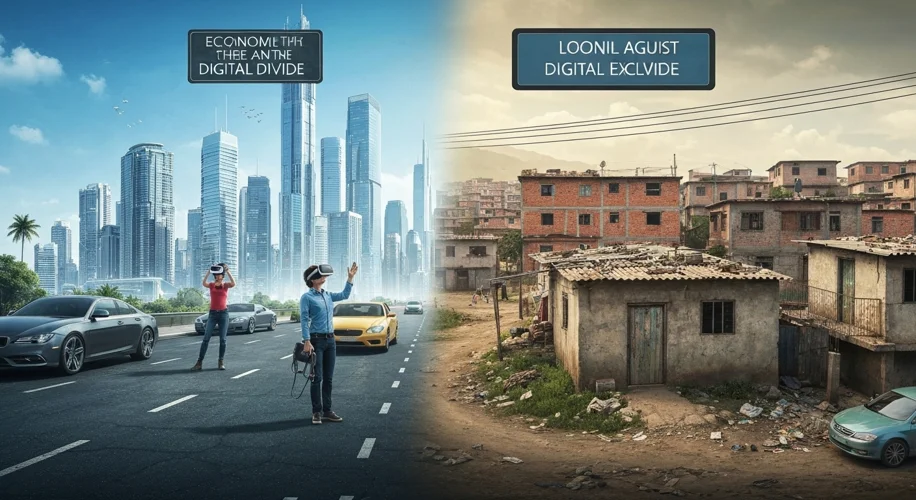It’s easy to get caught up in the marvels of the digital age – the AI advancements, the instant global communication, the access to information at our fingertips. But as someone who’s spent decades in the tech world, I’ve also seen how these same innovations can widen the gap between those who have and those who don’t, and how they impact the ability of people to move up in life.
We often talk about economic inequality as a complex issue with many drivers, and technology is undeniably a major one. Think about the skills needed today. In my early career, a solid grasp of basic computer skills was a differentiator. Now, proficiency in AI tools, data analytics, and advanced software is often a prerequisite for many well-paying jobs. Those who have access to training, the latest devices, and reliable internet are better positioned to acquire these skills. Those who don’t are at a distinct disadvantage.
This creates a feedback loop. Higher-paying jobs often require more advanced digital literacy, and those jobs are increasingly concentrated in sectors that are rapidly adopting new technologies. This can leave individuals and communities without adequate digital infrastructure or education struggling to keep pace. It’s not just about having a smartphone; it’s about the ability to leverage digital tools for learning, for career advancement, and for financial management.
Consider social mobility – the idea of moving up the economic ladder. Historically, education and access to opportunities played key roles. Today, digital access is woven into all of that. Online learning platforms offer incredible educational resources, but only if you can afford the subscription, have a stable connection, and a device that can run the software. Job applications are almost exclusively online, requiring digital résumés and often virtual interviews.
We’re also seeing shifts in what constitutes

